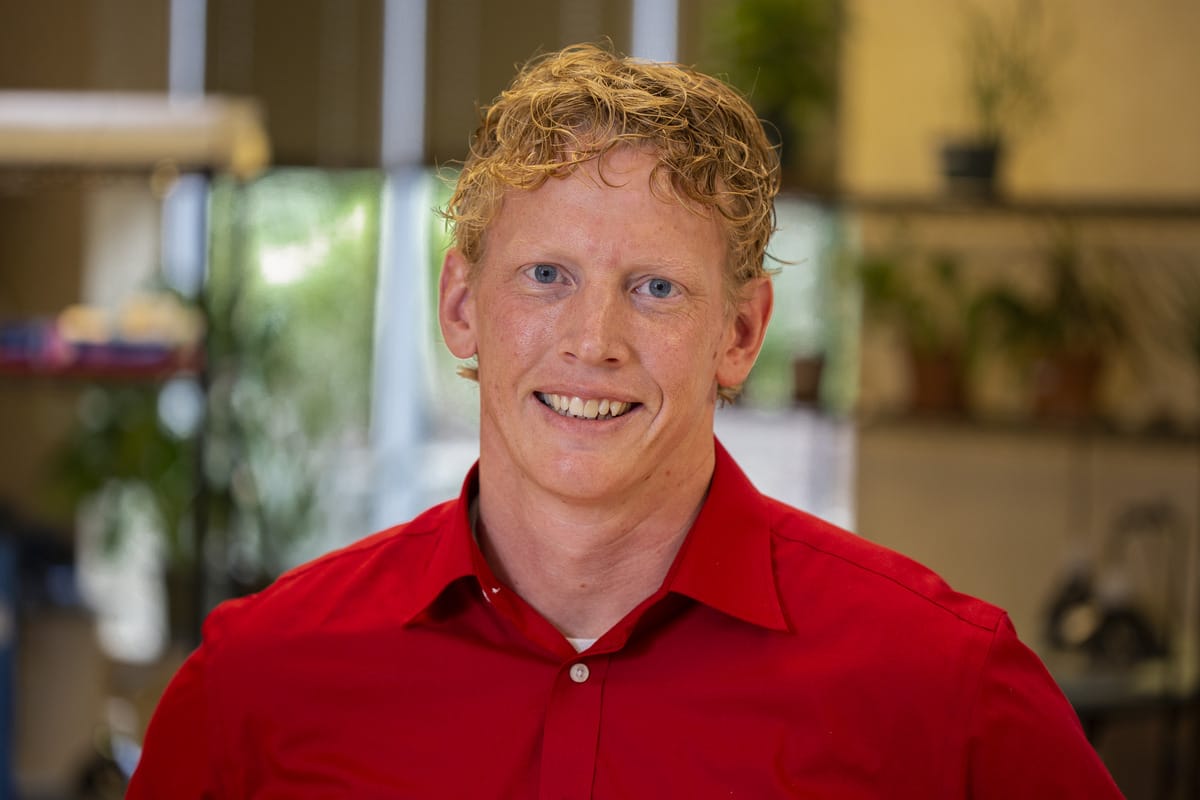Sometimes, it’s the little things that make a big difference.
The smile in the hallway. The hand on the shoulder. The moment of connection.
In a typical school year, those things add up to great memories and a thriving community of learners. But this year, they’re the little things we’ve missed, millions of times over, all around the world — and those little things have been adding up to big holes in the minds and hearts of our students.
We did the right thing; hid smiles behind masks because we cared. We kept our distance to save lives. But the little things we missed still took their toll.
But now that vaccination is in the air, we’re on the cusp of victory. Let’s get ready to make up for lost time. By thinking honestly about the holes left by the pandemic, we can work wisely toward restoration.
The Things We Miss
What is it that you miss most about classrooms before the pandemic?
Is it the small groups crowded together and laughing as they work and learn? The productive mess and the glorious chaos of creative collaboration?
Maybe it’s the atmosphere of relaxation — that carefree feeling created by communities that are full of care. Maybe you long for the days when you didn’t have to worry so much about whether you were doing the right thing. Perhaps you’re tired of air hugging at the end of the day, and pretending it’s the same.
Those things you miss are the things you must restore.
How to Start
In my last webinar, I shared a variety of strategies for repairing the psychological toll of the pandemic. Here are four quick tips to get started.
First, start with safety — physical and mental. The pandemic began suddenly, but it will end gradually. As restrictions ease, some students will feel excited, but others may feel apprehensive. Communicate clearly that you’ll follow the safety recommendations because you care about your class. A rich classroom community begins with care, and being intentional about their physical safety lets students know that they can feel psychologically safe.
Within safety guidelines, collaborate as much as possible. Cooperative learning has taken a deep hit during the past year, but it’s critical to helping our students thrive. From Think, Pair, Shares to Jigsaws, use a variety of collaborative techniques to get your students sharing and smiling together. Our Curiosity Networks tool can help you manage those connections with ease.
Another area of need is depth; for the last year, much of our interaction with students has been, literally, flat — we’ve been a face on a screen in a teleconferencing app. But in a deeper sense, pandemic pedagogy has often been flat: fewer deep, hands-on, inquiry-oriented learning experiences that our students will remember forever.
Let’s fix that. Now is the time to get radically curious in our classrooms — to build learning experiences that promote and capitalize on student wonder, and lead them on explorations to construct their own understandings. For tips on how to get started, check out our Four Essentials of Inquiry resource.
Finally, we’ve often felt helpless during the pandemic. Let’s empower our students to make a positive difference in our communities and our worlds. Now more than ever, students feel the need to be a force for positive change. Help them integrate their learning into projects that allow them to see their own power to be forces for good.
One incredible way to do that is to sign up for the free VacciNation project, which includes a ton of supportive resources to help your students learn about the science and history of vaccines — and to share their learning with others. Vaccines are our most powerful tool in helping to beat COVID-19, and empowering our students to play a role in the vaccination campaign helps them make a difference.
Their work and their voices matter — even if it feels like it’s just a little thing.

